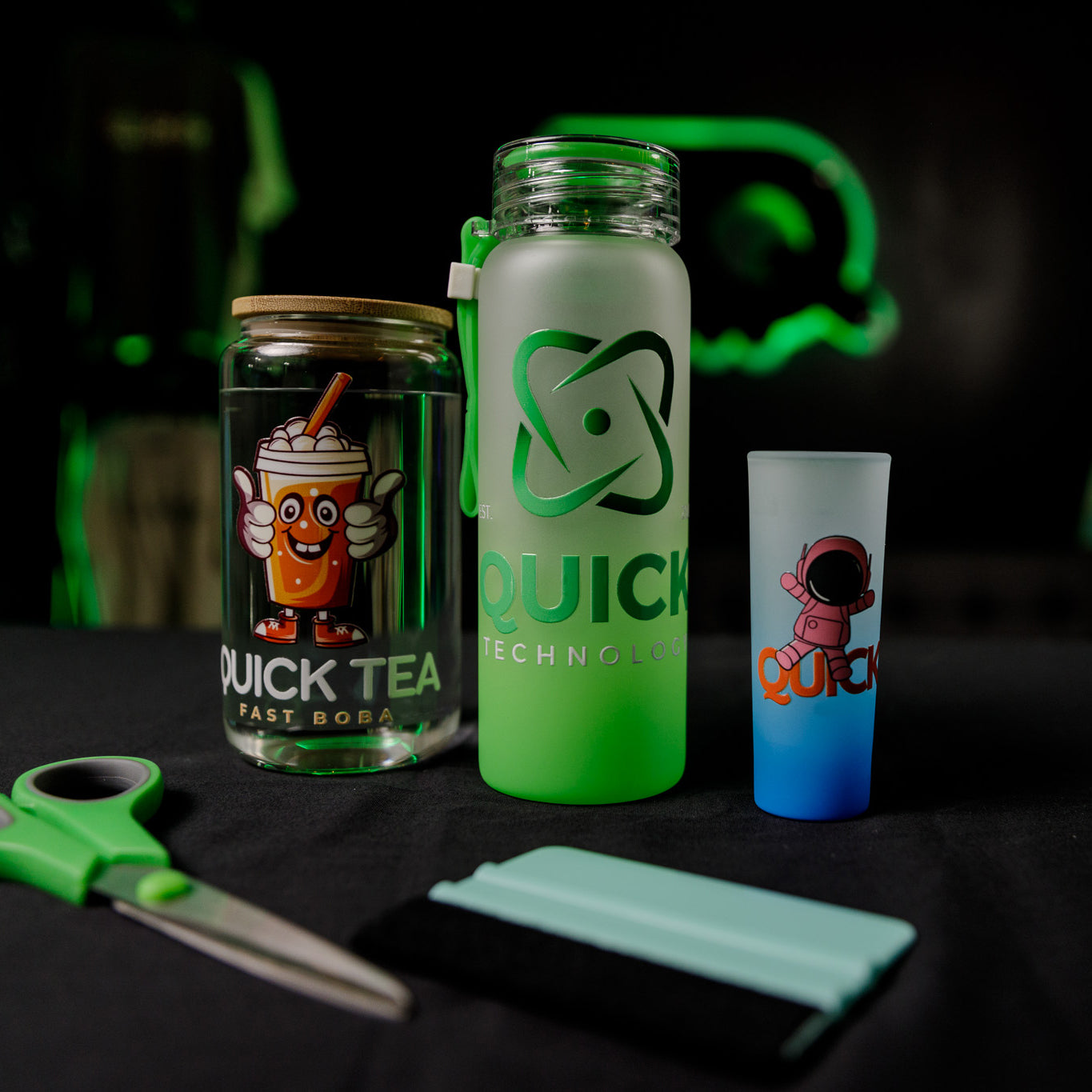Direct to Film Transfers: An Innovative Printing Technique
Direct to Film Transfers: An Innovative Printing Technique
Blog Article

In the dynamic world of technology, hardly anything stays the same for long. Nowhere is this more evident than in the realm of printing and production. One of the latest advancements to grab the industry's attention is known as Direct to Film (DTF) transfer. An innovative method, DTF transfer is setting new standards in printing technology.
Direct to Film transfers function through a special kind of printable heat transfer film, which may be utilized directly on materials such as t-shirts, tote bags, and many more. Unlike traditional transfer methods, which demand a direct application of ink, Direct to Film uses a special kind of powder that enables the ink to stick to the material.

This groundbreaking method has a range of advantages. Firstly, it produces a softer, more natural feel to the print. This method doesn't create a 'hand feel', the term given to the glossy texture left by some traditional printing methods.
Furthermore, Direct to Film transfer printing can be applied to almost any type of cloth-based item. This allows manufacturers to have more latitude with their artistic decisions.
Perhaps one of the best advantages of Direct here to Film is the ability to produce intricate designs in vivid colours. Designers are no longer constrained by the limitations set by conventional printing methods. With DTF, the possibilities are as wide as the imagination.
Moreover, DTF transfers are quick and effective, making them an perfect selection for bulk production. With advancements in quality that Direct to Film transfers can provide, manufacturers have an impressive advantage, particularly when compared to conventional printing techniques.
In the long run, Direct to Film transfer printing will likely continue to be popular for designers seeking to improve their materials and production capabilities. The technique not only offers superior print quality but also significantly boosts production speed and efficiency.
In conclusion, Direct to Film transfers represent a forward-thinking tool in today's world of printing. They offer numerous advantages, from improved print quality and feel to increased production speeds. It's easy to see why so many industry heavyweights are making the switch to Direct to Film transfer printing and why they are set to shape the future of the printing industry. With its impressive prospects, the DTF revolution is merely kicking off.
Report this page